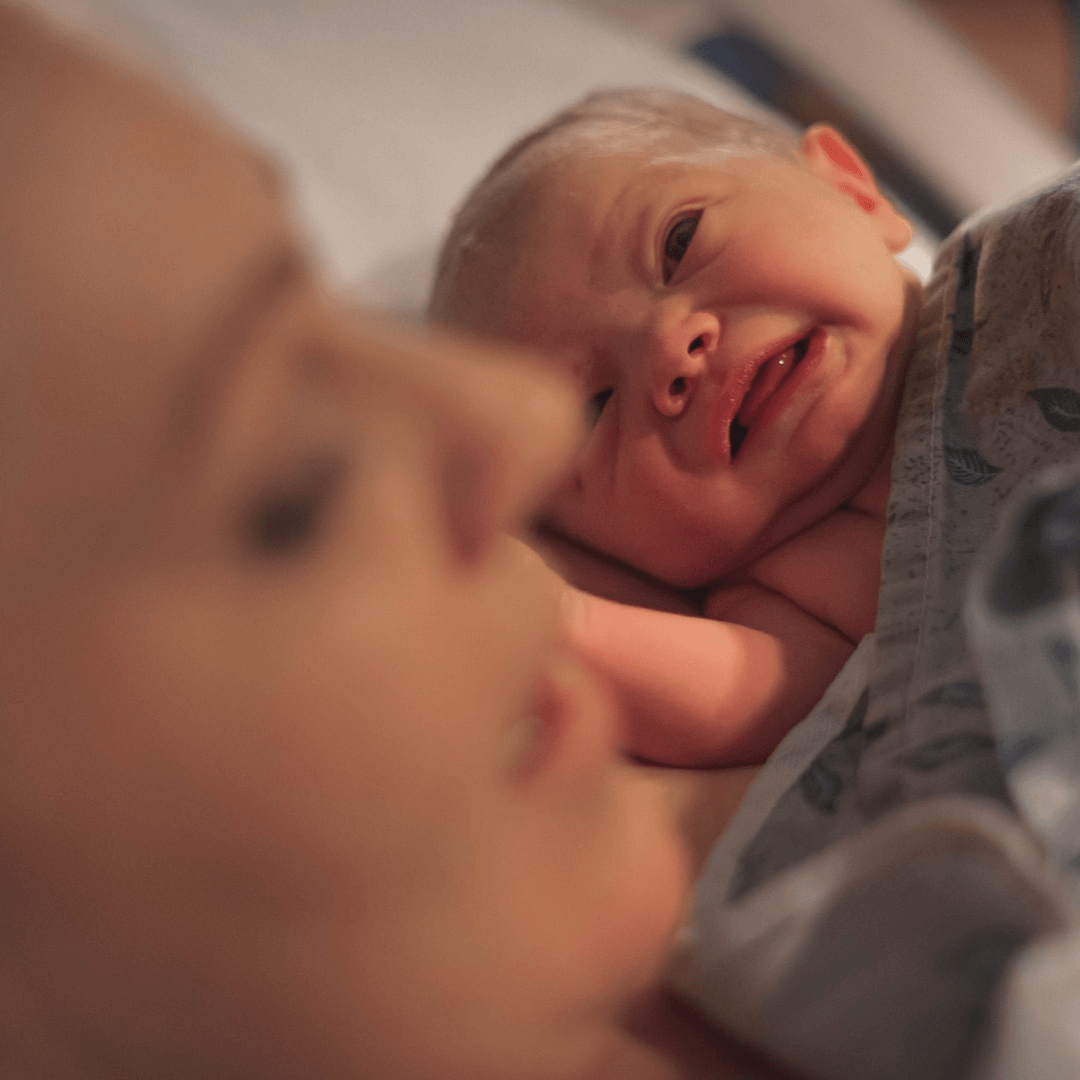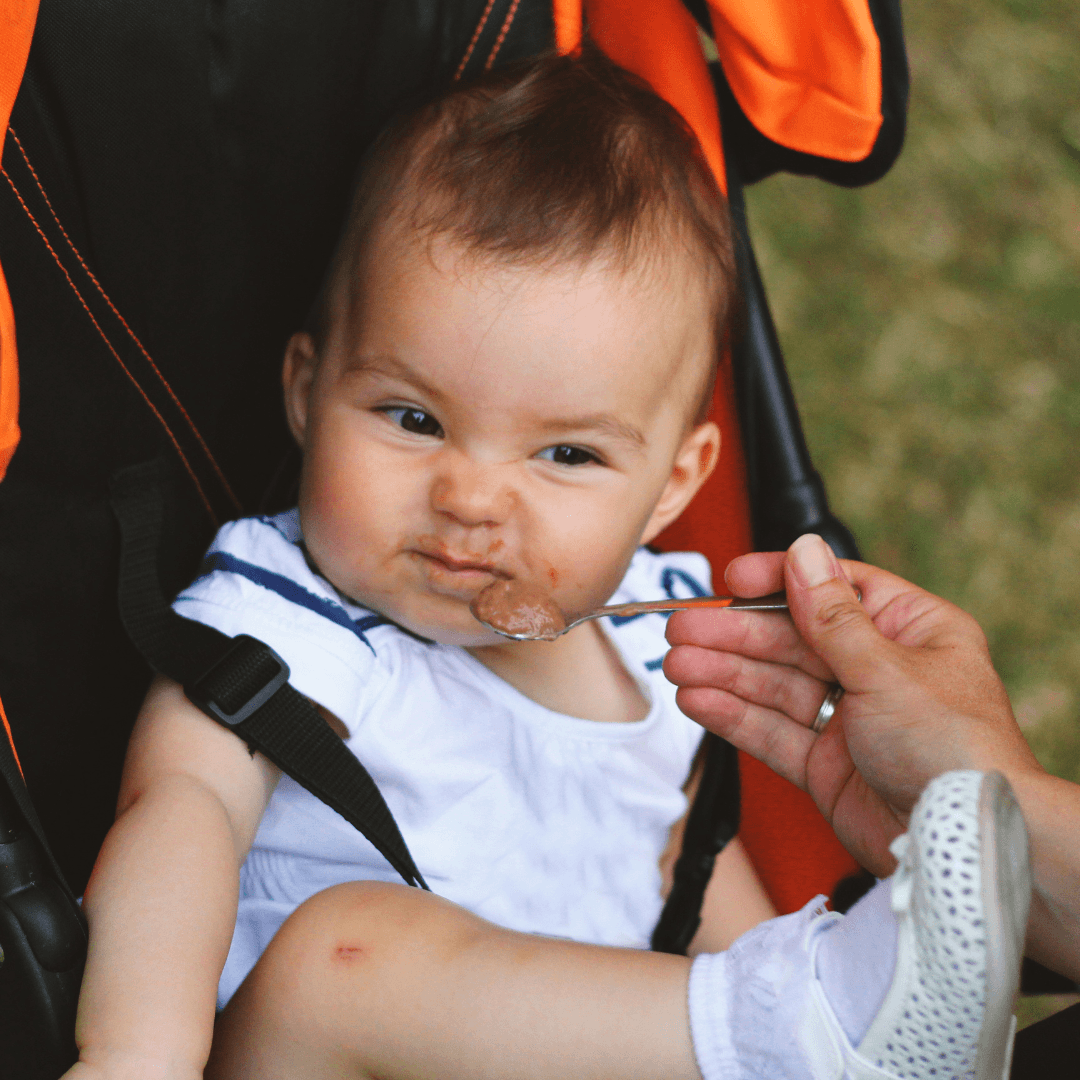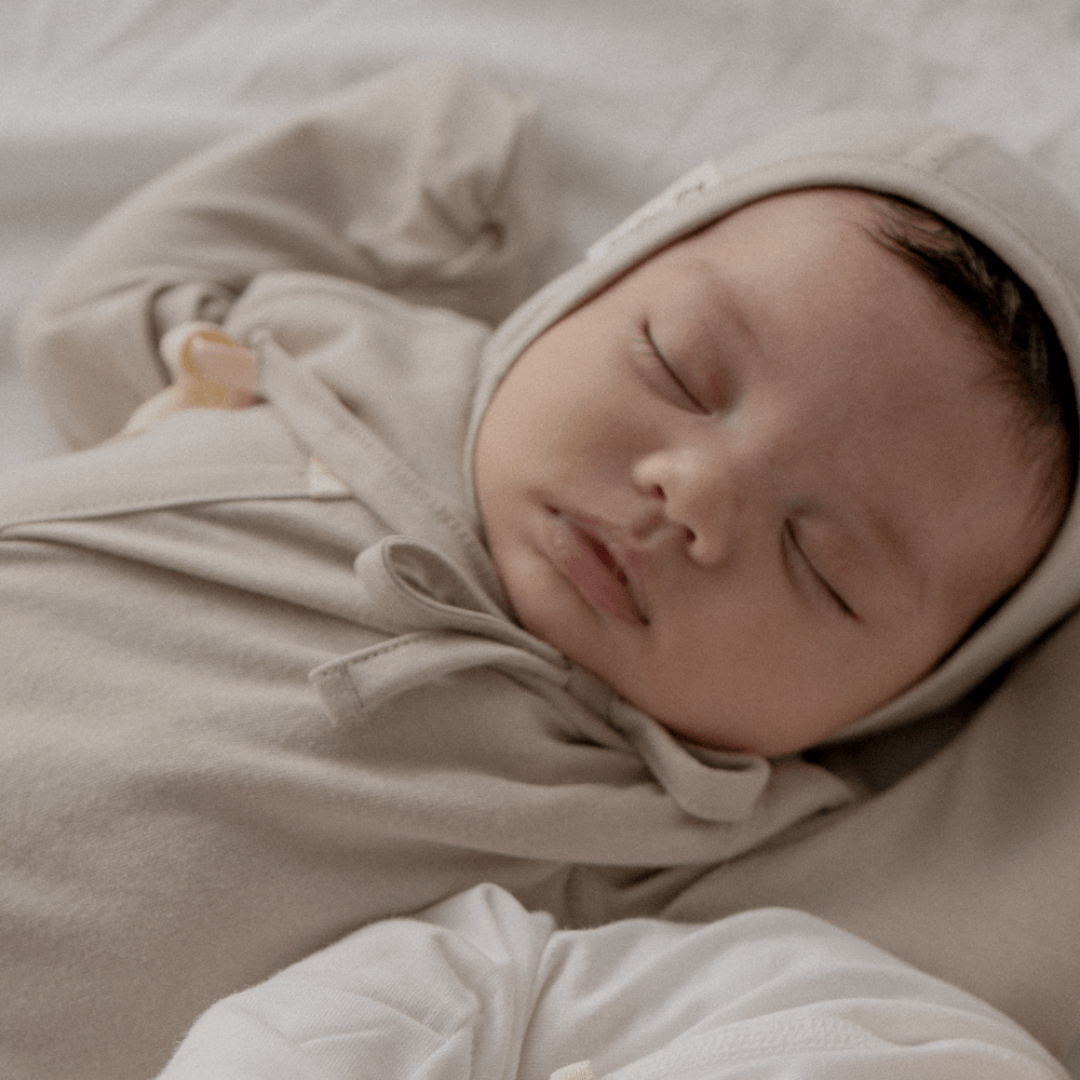
A woman's body goes through drastic changes through pregnancy and childbirth. Today, I'm going to talk about how a mother's body changes after childbirth.
Tip:
It usually takes about 6 to 8 weeks for the mother's body to return to its pre-pregnancy state. Therefore, this period is called the postpartum period and is also the period for postpartum preparation.
After giving birth…
1. Your belly doesn't just shrink.
Imagine a full-term belly. It must have been a very stretched tummy. As soon as the baby is born, the weight is lost, but the size of the belly does not return to its original size. During the first two weeks postpartum, the abdominal wall is relaxed and slightly saggy.
It usually takes about 6 months to return to the shape of the belly before pregnancy. The weight lost during childbirth is about 5-6 kg, about the weight of the baby and the weight of amniotic fluid combined.
Tip:
Swelling of the body may persist throughout the postpartum period. It is a good time to do light walking exercise and stretching.
2. A lot of hair falls out.
This is the period when hair growth stops, and the hair roots become weak due to the influence of hormones. When using shampoo, choose products that are not too irritating. This often upsets mothers as they noticeably lose a lot of hair during the 4 months immediately after childbirth. About 6 to 12 months after childbirth, however, the hair loss phenomenon slowly reduces, and your hair will recover.
3. The uterus shrinks slowly.
The stretched uterus returns to its pre-pregnancy size 4 weeks after delivery. If you walk frequently without overdoing it, it will help your uterus recover. Uterine recovery is faster for new mothers than for preterm mothers, and faster for breastfeeding women than non-breastfeeding women. For a few days after delivery, the cervix is very weak, so bring cotton underwear, etc., and be careful of inflammation.
4. Discharge comes out.
This is a secretion produced by the healing of the endometrium at the placental attachment site after delivery. Red secretion appears within 2 days after childbirth and is bright red at first, then gradually turns dark red. The secretion after 3-4 days is pink or brown. After about 10 days, white discharge appears, and it is secreted as yellow or white for about 2 to 6 weeks. It usually goes away after about 4 weeks.
Tip:
It is a good idea to change your underwear frequently using a clean pad.
5. You may experience temporary blurred vision or gum problems.
You may experience temporary blurring of your eyes, bleeding gums, and sore teeth. These symptoms are temporary and usually get better gradually. Do not overuse any part of the body.
6. Your chest hardens, and it may itch.
As your chest expands, it may itch. Your breasts may feel hard, and you may feel pain and a feeling of heaviness as the milk flows. At this time, it is helpful to massage them with a warm wet towel. Yellow colostrum should appear from your nipples.
7. Urinary problems may occur.
After delivery, the bladder muscles are in a tense state, and kidney function has not yet recovered. Perineal pain may still be there. Therefore, it can be very difficult to urinate, and you may become constipated for the first few days after childbirth. Eat a fiber-rich diet and increase your fluid intake.
Tip:
You should have your first urination within 4 to 6 hours after giving birth. The act of urinating is very important because the first urination can confirm that the bladder is functioning properly. If you are unable to urinate on your own, you may be able to drain the urine by inserting a urine line at the hospital.
---------------------------------------------------
Author: Hanbit Kim, Oriental Doctor
- (Current) Seocho National University of Education
- Graduated from Kyunghee University College of Oriental Medicine · Korean Academy
of Oriental Pediatrics
- Member of Korean Pharmacological Association







